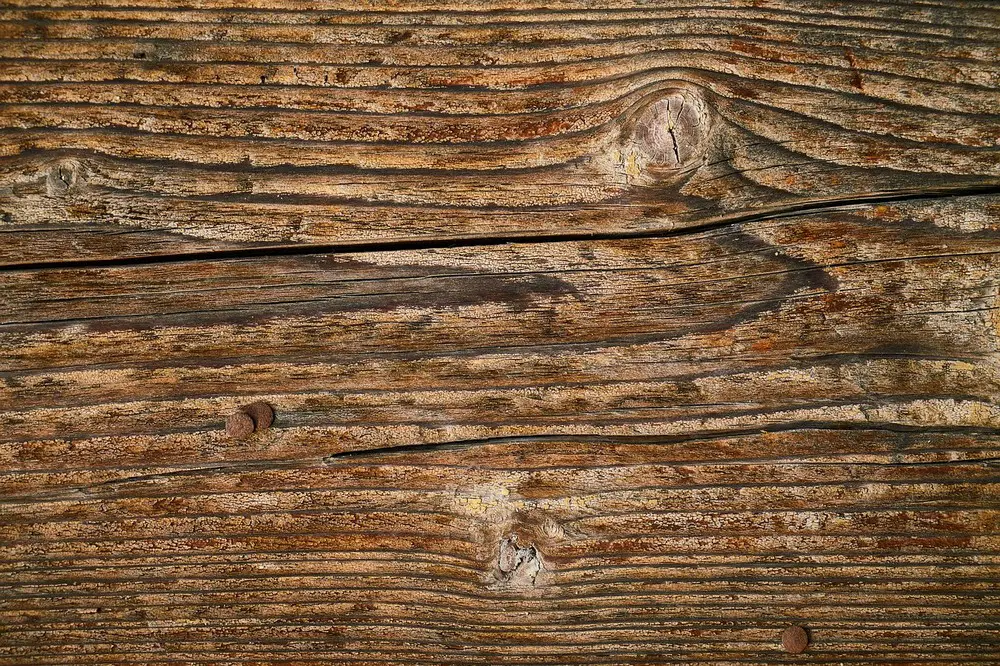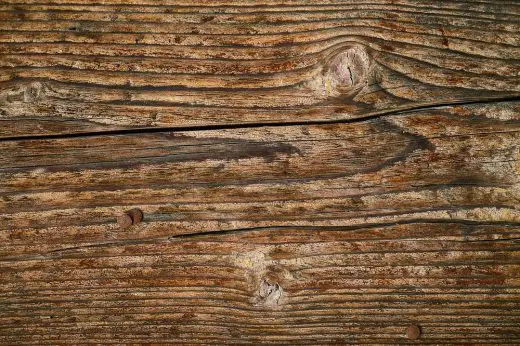How to create inlays with epoxy on wood guide, Wooden craft improvement tips, Resin mixture, Woodwork display
How to create inlays with epoxy on wood tips
post updated 12 February 2024
21 May 2020
How to create inlays with epoxy
Epoxy resin is one of the most aesthetic choices when it comes to working with wood. It makes it shiny and fashionable for not just display but more. If you are wondering how to create inlays with epoxy, don’t worry as the process is very simple. Normally, the craft of finding and segregating the perfect matching inlay piece can be quite complicated. With resin inlay, you can create such fine patterns and can choose from a variety of beautiful designs.
You will have to carefully pour the resin and check for the gaps and monitor the resin settling within the gaps. With resin inlay, you ought to have a fun, artistic experience. You can also choose between a translucent resin or an opaque resin. With the endless options of colors, the inlays on wood become personalized.
The process
The process is very simple. Begin with taking the hardener and mixing it with the chosen resin. This will create your epoxy mixture. The goal is to have your epoxy with exceptional clarity and long pot life of about 20 to 60 minutes. With this, a little heat will be given off as the epoxy cures. I mix general purpose laminating resin with the hardener to create an epoxy with a slow pot life (20 to 60 minutes), good clarity, and that gives off little heat as it cures.
You can also choose a casting resin if you plan to make incisions that are more than 1⁄4 in. Deep. Beware of the fast pre-set epoxy that has to be repaired. They usually release a large amount of heat and have a short pot life. This can create unwanted cracking, air bubbles, and discoloration of the wood.
To build a dam: You can make sure that the edges of the board with the cuts at the bottom are protected with a dam for exposed wood. Begin with choosing gaps for the wax about 1/4 in. from the cut and follow the design. Be careful not to pour it in the close-set top cuts. Use pure silicone caulk and place it right in the middle of the wax and seal it with blue tape that is pressed strongly. Make sure that the silicone caulk dries before you pour the epoxy.
There are a lot of points that should be kept in mind while using resin inlay. If you are not careful during the process, it can result in a big failure. Resins come in three types, namely; polyurethane, polyester, and epoxy. Each of these resins has to be mixed very diligently, or the result will be an incorrect set up time that was either too soon, fragment by fragment, or did not happen at all.
If not handled properly, the inlays on wood can be disrupted by the surface tension of the epoxy resulting in air bubbles and defective hardening. Sometimes, the epoxy resin can shrink in size, causing problems to the mold. Even the colors you use while mixing the resin can turn disastrous if not done properly. Thus, to prevent these downfalls, the resin has to be poured cleanly, mixed properly, the color should be added carefully, and the time taken for curing should be kept on a check.
Out of the three types of resin, it is well known that epoxy serves to have the best advantages. If you found yourself thinking about how to create inlays with epoxy, you would have realized that the innate properties of the material make it the best choice. Epoxy resin is extremely long-lasting, odorless, safe to use, and it shows less reactivity with the moisture in the wood. It can also be finished in multiple ways to form a beautiful product.
Epoxy resin for wood
There is no other perfect choice than wood and epoxy. However, you need to make sure you choose the most suitable wood too. Typically, woods like Cherry, walnut, and maple have been a suitable choice for creating resin inlay. These woods are also used for cutting boards and creating thermoplastic.
Firstly, check the size of the pores. They shouldn’t be very big as the ones in red oak. Big pores cause an extra influx of the epoxy, which eventually transmits into the fibers of the inlay areas through capillary action. Even though this does not cause much disturbance beneath the surface, an unpleasant halo-like stain can be created on the surface.
Also, check for the density of the wood. Relatively harder wood than the cured epoxy will take more time to sand, creating problems with the inlay. You must also consider the thirst requirement of the wood fibers that usually create strong wood products.
Incise, shape, and clean!
Once you have created a beautiful pattern, wait for a few minutes for the sand to rise to the surface. You can then start cutting the workpiece and shape it according to your desire. For tinting the resin, you can use Mixol pastes that have the advantage of being a wet pigment. The set comprises 30 colors that have been priorly suspended in a liquid medium. This makes it a wonderful option for epoxy resin.
Resin All The Way Through
Make sure you do not fiddle with the workpiece till the epoxy has finished curing. Once it has successfully cured, you can begin with making deep incisions and creating desirable objects. You can choose to make the pattern seen on both the top and the bottom by creating a special lid. With this, you can rest assured that resin will prove to be the easiest option for your wood inlay.
Comments on this guide to How to create inlays with epoxy on wood article are welcome.
Wood Posts
Wood Architectural Designs
Solid wood flooring for your home
Advantages And Disadvantages Of Hardwood Flooring
Give your Old Wood Furniture Pieces a New Look
Residential Property Articles
Comments / photos for the How to create inlays with epoxy on wood guide page welcome.







